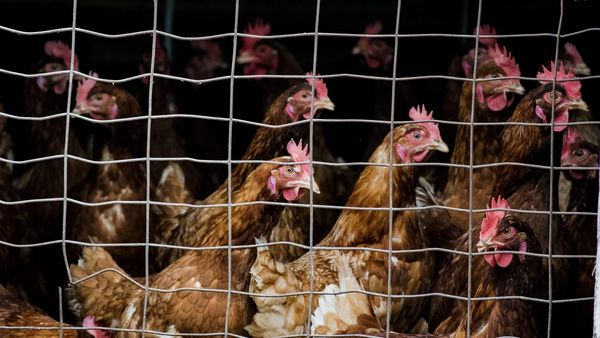The survival of the unique Irish hare is under threat from a deadly disease.
Rabbit Haemorrhagic Disease Virus 2 (RHD2) which can kill within days of infection has already been confirmed in six counties.
It can be transmitted directly through fluids such as saliva and urine or indirectly through clothes, animals or insects. Even more worrying, it can be spread on the wind.
The head of Animal Ecology at the National Parks and Wildlife Service said it is not clear how the disease came to this country.
Dr Ferdia Marnell told RTE’s Morning Ireland: “Already we have confirmations in Cork, Clare, Leitrim, Offaly, Wicklow and Wexford.
“It’s a haemorrhagic disease, which means the animals die from internal bleeding and it’s not very pleasant to look at.
“It’s a virus and it only emerged quite recently in France where it turned up in pet rabbits a few years ago and now, of most concern to us, it’s spread to rabbits and particularly the wild hare which is unique to Ireland.
Dr Marnell said the disease is of no risk to humans or other animals.
He added the symptoms are variable and some animals survive without the disease manifesting itself, while die very quickly.
Due to this he said a coursing licence has not been issued this year because it would pose too great a risk to bring a number of hares together, some of which could be carrying the diseases.
He also called on the public to be vigilant and report any incidences of mass mortality in rabbits and hares.
In 1997 the virus was deliberately and illegally introduced to New Zealand to control rabbit populations but failed to wipe out the rabbits.
The Irish hare has a number of unique genetic characters that are not shared by any other hare species in other countries.
Carbon dating of cave fossils has shown that hares were present in Ireland for at least 30,000 and the species is thought to have continuously inhabited this island since before the last ice age.







